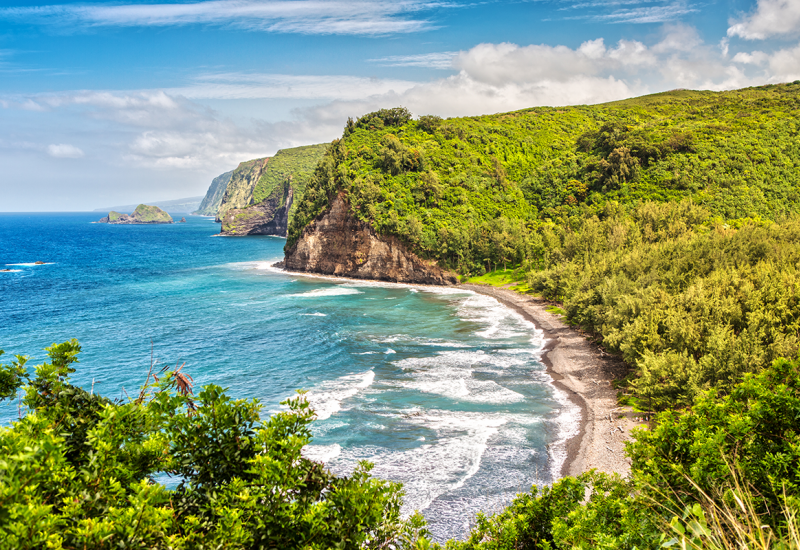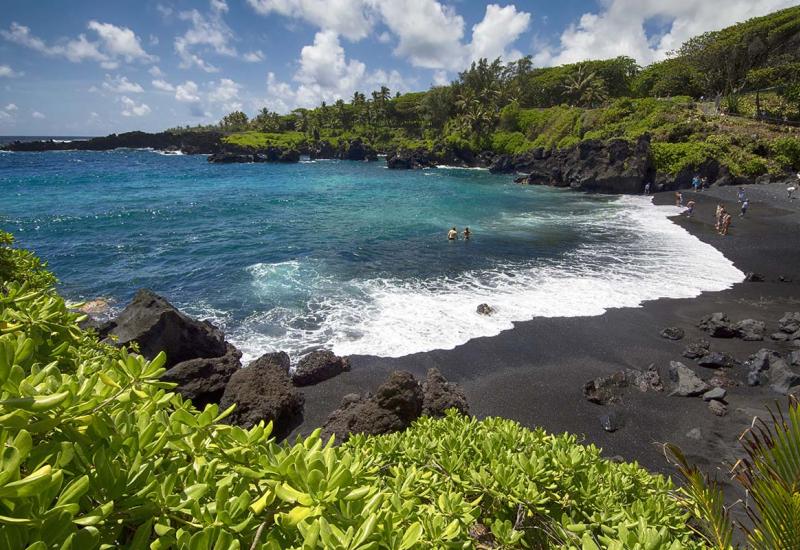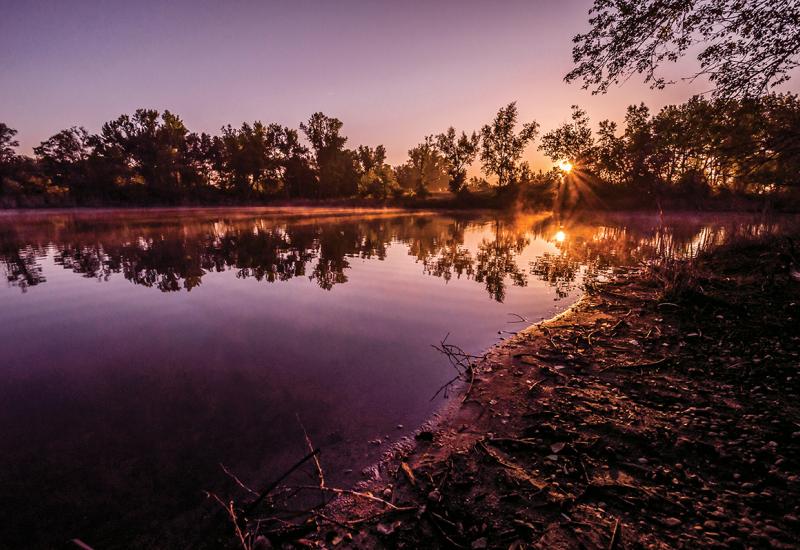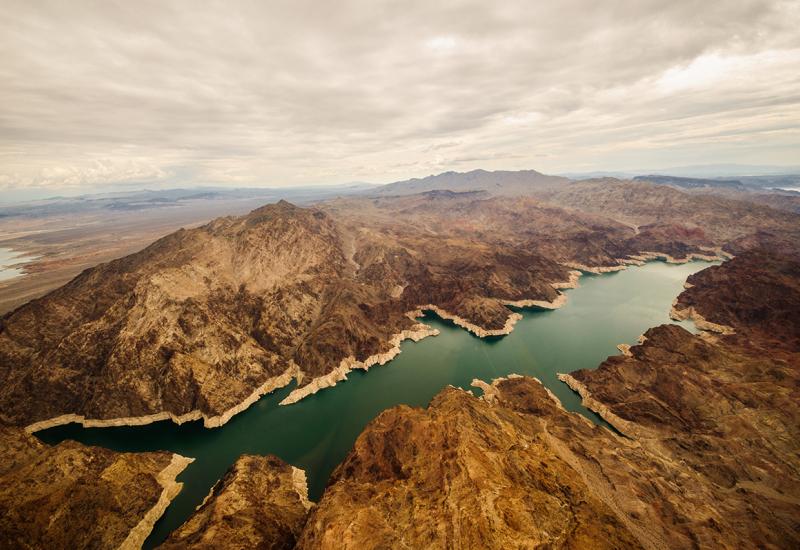Scuba Diving in Kenai National Park, Alaska - Dive Conditions and Information
This year marks the 100th anniversary of our National Parks, a century of stewardship first derived from the uniquely American notion that magnificent lands are worth protecting. Now numbering 59, the parks aren’t all purple mountains majesty, but rather a diverse collection that includes islands, seashores, lake shores, reefs and surrounding waters.
MORE DIVES IN THE USA
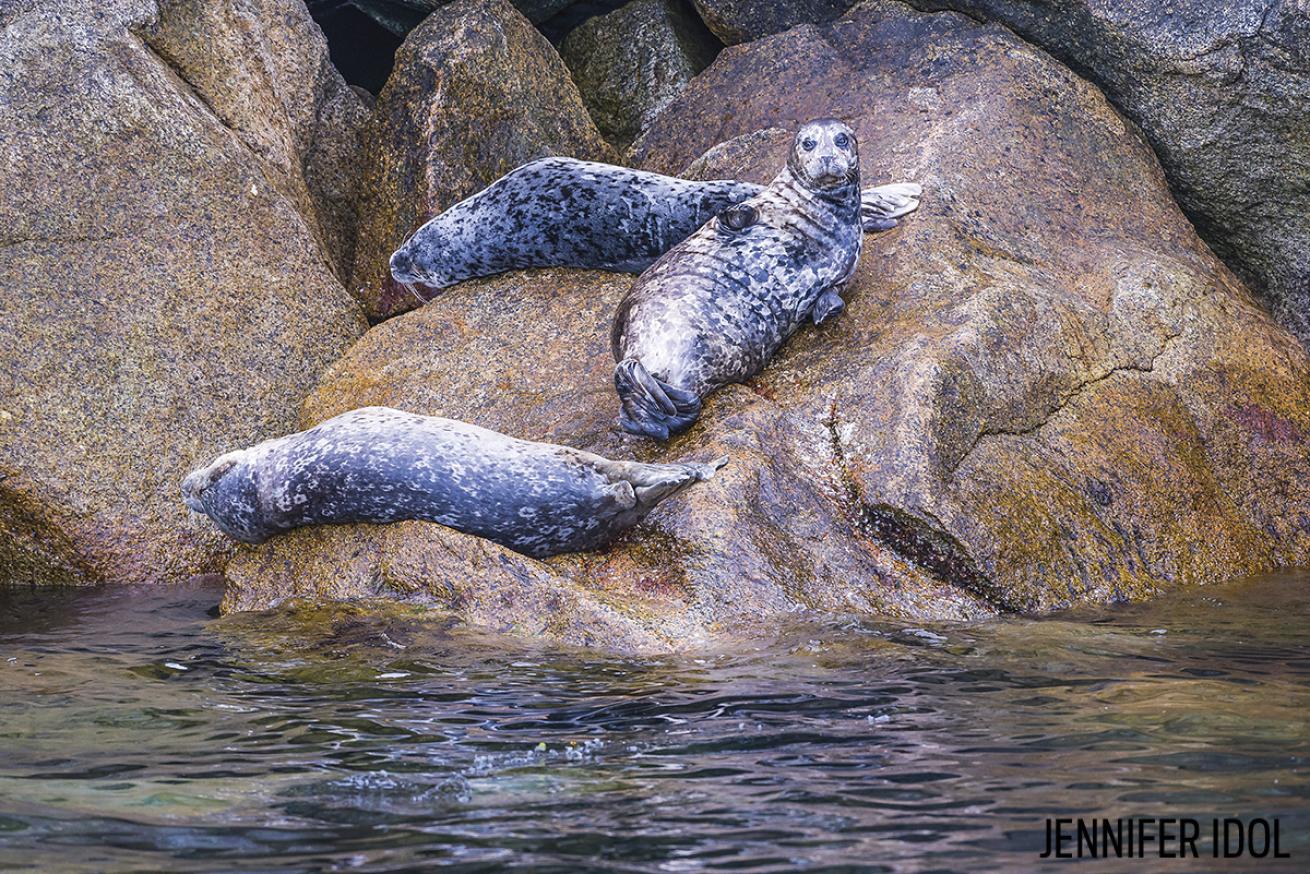
Jennifer IdolHarbor seals rest on rocks in Alaska's 670,000-acre Kenai Fjords National Park. Established as a national park in 1980, Kenjai is the perfect site to explore the pinnacle of cold-water habitats.
Dive Conditions and Facts
Depth: Between 50 and 80 feet
Dive Access: Boat
Water Temperature: 36 to 55 degrees F
Visibility: 30 to 40 feet in summer, 50-80 feet in winter
When to Go: May through September
Dive Shop: Dive Alaska is a full-service dive center based in Anchorage with boat charters into Resurrection Bay.
Price: Two- to three-tank dives cost $150 per person.
Scuba Diving Overview
With soaring mountains, dense forests and about 40 active glaciers capping a rugged coastline chiseled by immense fjords, this 670,000-acre primordial park is the epitome of wilderness diving. Hundreds of inlets, bays, lagoons and small islands form a liquid labyrinth virtually untouched by mankind, a result of both its isolation on the Kenai Peninsula and its establishment as a national park in 1980. The beneficiaries of this protected status comprise a mega-fauna hit list that’s the pinnacle of cold-water habitats: Dall’s porpoises, sea otters, barndoor halibut, Steller sea lions, orcas, wolf eels, salmon sharks, gray and humpback whales, giant Pacific octopuses and humongous ling cod. Add to these a supporting cast of sea stars, anemones, tunicates, ascidians, sponges and other invertebrate life fueled by nutrient-rich waters, and divers can knock off a life-list ensemble as rare as the Pleistocene-era glaciers calving into the Pacific. Of course this e-ticket diving isn’t for the inexperienced or uncommitted. The park is remote. Major tidal currents demand vigilance. Water temps top out in the mid-50s, making drysuits mandatory. But if diving Alaska’s wilderness is a conspicuous blank spot on your dive log, just consider all this in the price.

